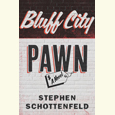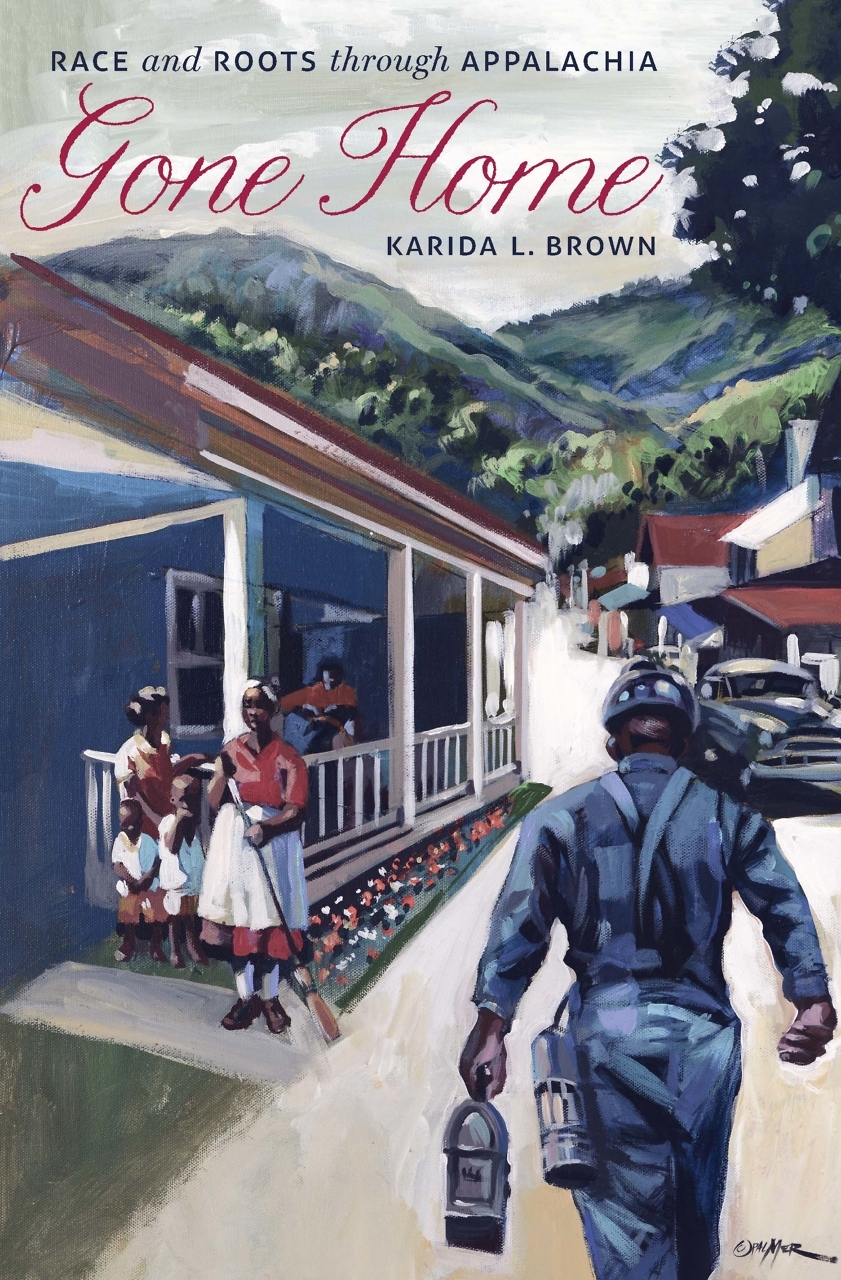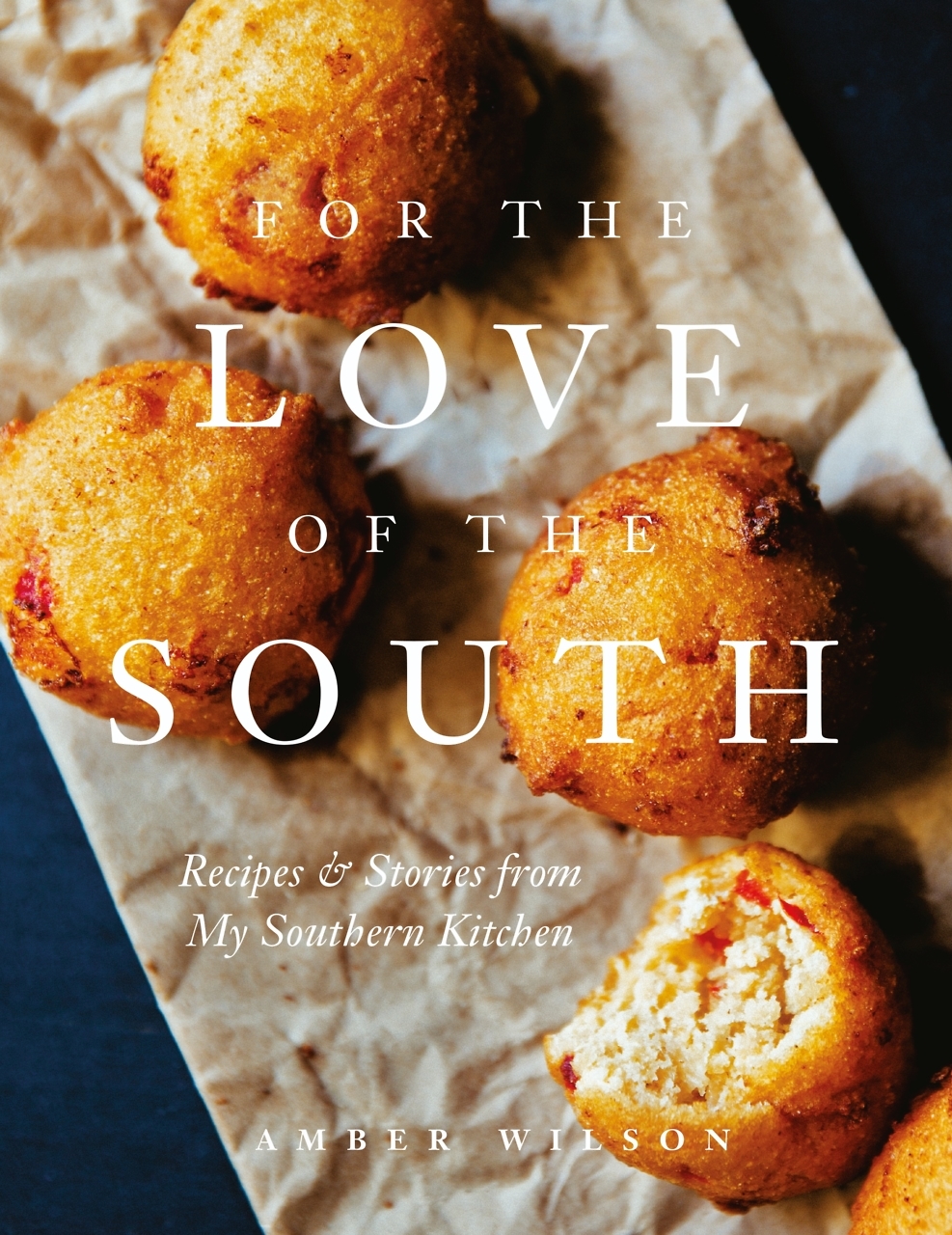Revelation and Revolution
Joan Baez’s debut poetry collection excavates her painful past
In her first book of poetry, When You See My Mother, Ask Her to Dance, iconic folk singer and activist Joan Baez mines her life for catharsis. Through writing about her trauma and experiences ranging from familial abuse to sharing the stage with Jimi Hendrix, she seeks to emancipate herself from her pain, celebrate her journey, and inspire readers to illuminate and share their inner truths.

On the heels of the 2023 releases of the documentary film I Am a Noise and Am I Pretty When I Fly?, a coffee-table book of illustrations she drew upside-down with her non-dominate hand, the artist continues her pursuit of self-exploration, revelation, and personal revolution. In the documentary, Baez spoke publicly for the first time about her recollections of having been sexually abused by her father. In the author’s note prefacing this new poetry collection, she discloses that she developed multiple personalities as a result of that trauma. She explains that following her 1990 diagnosis, she wrote “obsessively” and many of these 66 poems, drafted between 1991-1997, “are heavily influenced by, or in effect written by, some of the inner authors.”
The collection is divided into five unnamed sections. Part one comprises a single poem, “Goodbye to the Black and White Ball,” in which the narrator recounts her former binary views (“perfect or damned / gifted or worthless / ethereal or demonic / emblazoned or cast out”). She suffered from relentless anxiety until, at age 50, she embarked on therapy (“I pitched myself into a sea of memories”). Despite having pictured her inner being as “pustules of venom,” Baez came to this realization: “A diamond was in fact the core of me.”
The following four sections unfold primarily by chronology. The second, focused on her childhood and her subsequent reckoning with her fear, includes accounts of kindergarten and her “beautiful young mom.” Part three ranges in scope, subject, and style. Here, Baez is a storyteller whose focus is more interested in experimentation than mining her memories. The entirety of “Ravenous,” for instance, reads “Quoth the raven: / ‘I am ravenous.’ / And he pecked out / Edgar Allan’s eye.”
 Baez’s romance with Bob Dylan in the early 1960s is well documented. A decade after Dylan left her, a surprise phone call from him served as the catalyst for her 1975 hit, “Diamonds and Rust,” which begins “Well, I’ll be damned / Here comes your ghost again” and includes the line “My poetry was lousy, you said.” In this collection of her poems, Baez devotes one to Dylan, but readers in search of details of their relationship may be left unsatisfied. The narrator’s tone is respectful yet distanced: “Robert Zimmerman / blue-eyed son from Duluth / used to / scribble thought-dreams / onetwothreefourfive songs justlikethat / brilliant stuff / he was a brilliant kid.” (An interesting sidenote includes the tale of Baez having seen Dylan play in a New York City coffeeshop before he’d been discovered. According to a recent interview with her, afterward she told her taxi driver, “That guy’s a songwriter! He’s a poet!” and the driver replied, “Does he rhyme?”)
Baez’s romance with Bob Dylan in the early 1960s is well documented. A decade after Dylan left her, a surprise phone call from him served as the catalyst for her 1975 hit, “Diamonds and Rust,” which begins “Well, I’ll be damned / Here comes your ghost again” and includes the line “My poetry was lousy, you said.” In this collection of her poems, Baez devotes one to Dylan, but readers in search of details of their relationship may be left unsatisfied. The narrator’s tone is respectful yet distanced: “Robert Zimmerman / blue-eyed son from Duluth / used to / scribble thought-dreams / onetwothreefourfive songs justlikethat / brilliant stuff / he was a brilliant kid.” (An interesting sidenote includes the tale of Baez having seen Dylan play in a New York City coffeeshop before he’d been discovered. According to a recent interview with her, afterward she told her taxi driver, “That guy’s a songwriter! He’s a poet!” and the driver replied, “Does he rhyme?”)
The architecture of this poetry is uneven, erratic, perhaps appropriately unstable, but the raw honesty of her lyrics holds up. What Baez’s verse lacks in form and rhythm, she attempts to make up for with brute, gentle sincerity. Her openness also protects her. She tempers readers’ expectations and mitigates critical standards by introducing this as a collection of “haphazard thoughts” and “unschooled techniques.” Here is Baez’s sustaining draw to fans: her willingness to be vulnerable and authentic, relational. That sounds simple but proves to be quite complicated.
In 1966, Joan Didion wrote of Baez, in The New York Times, “She does try, perhaps unconsciously, to hang onto the innocence and turbulence and capacity for wonder, however ersatz or shallow, of her own and anyone’s adolescence.” Didion makes a case that Baez’s primary aspiration was neither money nor fame (and perhaps not even the music), but cultivating connections; this, Didion claimed, served as the basis of her political activism. Almost 60 years later, one can’t help but note that Didion’s take portended her subject’s fixation with (and healing from) the period of her life preceding adulthood. Now 83, Baez stepped away from touring in 2019 and is intermittently involved in protest movements. She’s turned her energy toward her creative and personal expression, in addition to family. (The book is dedicated to her granddaughter, Jasmine.)
More intimate than her poem about Dylan is the one describing her friendship with Judy Collins, to whom the speaker apologizes for having abandoned her in a time of crisis. The appeal to readers’ nostalgia and/or curiosity is part of the package with celebrity, specifically one disclosing details of other celebrities. Baez understands that; she leverages this interest by dropping names but doesn’t sell anyone out. The overarching theme of When You See My Mother, Ask Her to Dance is Baez’s relationship with herself — or, rather, selves.

Sarah Norris has written about books and culture for The New Yorker, San Francisco Chronicle, The Village Voice, and others. After many years away, she’s back in her hometown of Nashville.


